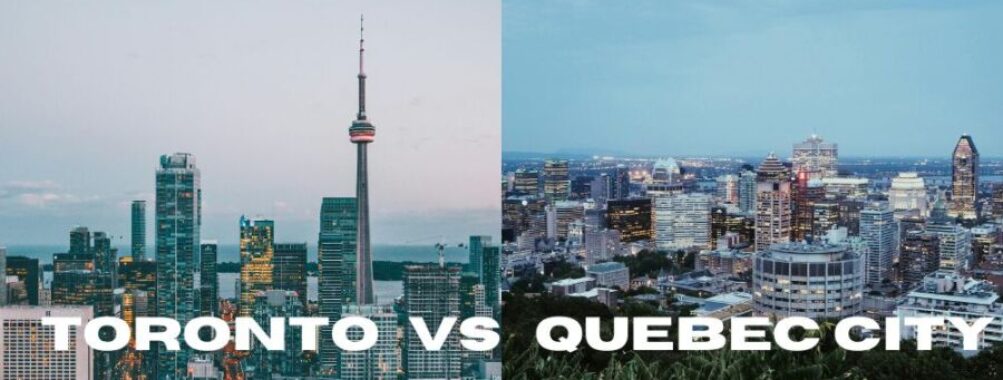
Toronto vs Quebec City: Which Canadian Gem Should You Visit in 2025?
Toronto and Quebec City are two of Canada’s most popular urban destinations. Each offers visitors a unique slice of Canadian culture and history. Toronto, the bustling metropolis in Ontario, is a melting pot of cultures with a modern skyline. Quebec City, nestled in the heart of French Canada, charms with its old-world European feel and cobblestone streets.
Choosing between Toronto and Quebec City depends on what kind of trip you’re after. Toronto is ideal for those who love big cities, diverse food scenes, and lots of attractions. It’s great for longer stays of 3-7 days. Quebec City is perfect for a shorter getaway of 2-4 days, offering a more relaxed pace and romantic atmosphere.
Both cities have their own special appeal. Toronto wows with its CN Tower and world-class museums. Quebec City enchants with its UNESCO-listed Old Town and French-inspired cuisine. Your choice might come down to whether you prefer English-speaking Toronto or French-speaking Quebec City. Either way, you’re in for a treat in these two Canadian gems.
Contents [show]
Geographical Overview
Toronto and Quebec City offer distinct geographical settings that shape their character and appeal. Let’s explore how their locations and environments compare.
Proximity to Other Tourist Attractions
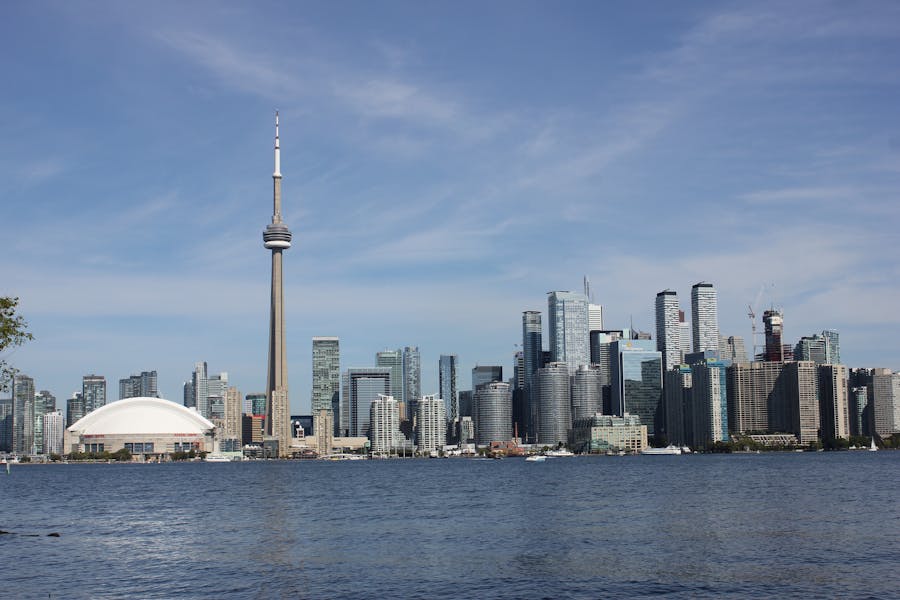
Toronto sits on the northwestern shore of Lake Ontario, making it a great starting point for exploring the Great Lakes region. It’s about a 90-minute drive to Niagara Falls, one of Canada’s most famous natural wonders. The city is also close to cottage country in Muskoka, perfect for summer getaways.
Quebec City perches on the St. Lawrence River, surrounded by beautiful landscapes. It’s about 3 hours from Montreal by car, and not far from the Laurentian Mountains. The city serves as a gateway to outdoor adventures in the nearby Charlevoix region, known for its stunning fjords and whale watching.
Climate and Weather Patterns
Toronto has a humid continental climate with warm summers and cold winters. Summer temperatures usually range from 20-30°C (68-86°F). Winters can be chilly, with average temperatures around -1 to -7°C (30-19°F). The city gets moderate rainfall year-round.
Quebec City experiences more extreme seasons. Summers are warm but shorter, with temperatures typically between 16-25°C (61-77°F). Winters are long and can be quite harsh, with temperatures often dropping below -10°C (14°F). The city gets lots of snow, making it a great spot for winter sports enthusiasts.
Both cities have their weather quirks. Toronto can get humid in summer, while Quebec City transforms into a winter wonderland with its heavy snowfall.
Historical Significance
Toronto and Quebec City have rich histories that shaped Canada’s cultural landscape. These cities played key roles in the country’s development, each with its own unique heritage and impact.
Toronto’s History
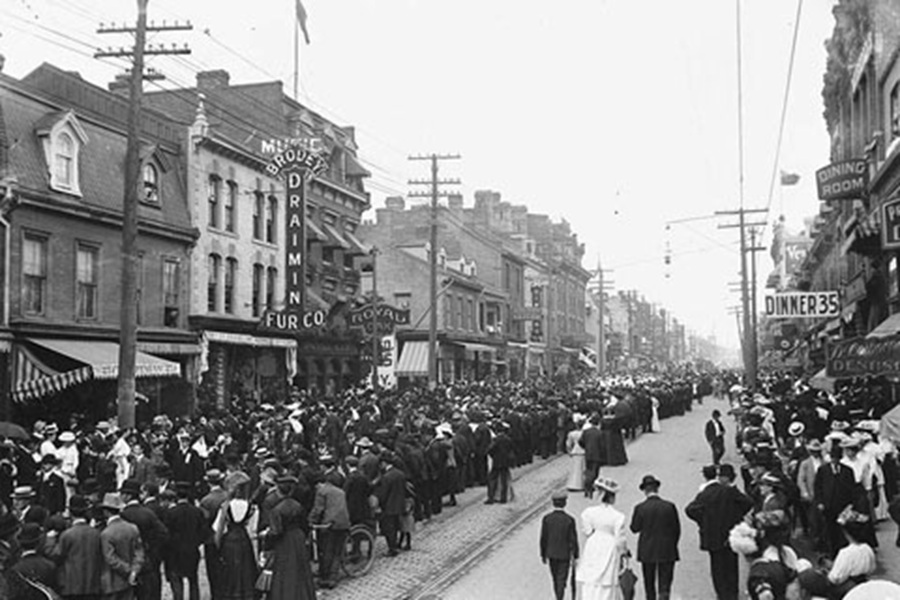
Toronto started as a small trading post. Native peoples lived here for thousands of years before Europeans arrived. The British founded York (Toronto’s original name) in 1793. It grew into a major economic hub thanks to its Great Lakes location.
The city boomed in the 1800s when railways came. Immigrants flocked here, making Toronto diverse. It became Ontario’s capital in 1867 when Canada formed.
Today, Toronto is Canada’s biggest city. It’s known for its mix of cultures. The CN Tower, built in 1976, is its famous landmark. Toronto hosts big events like the Toronto International Film Festival.
Quebec City’s Heritage
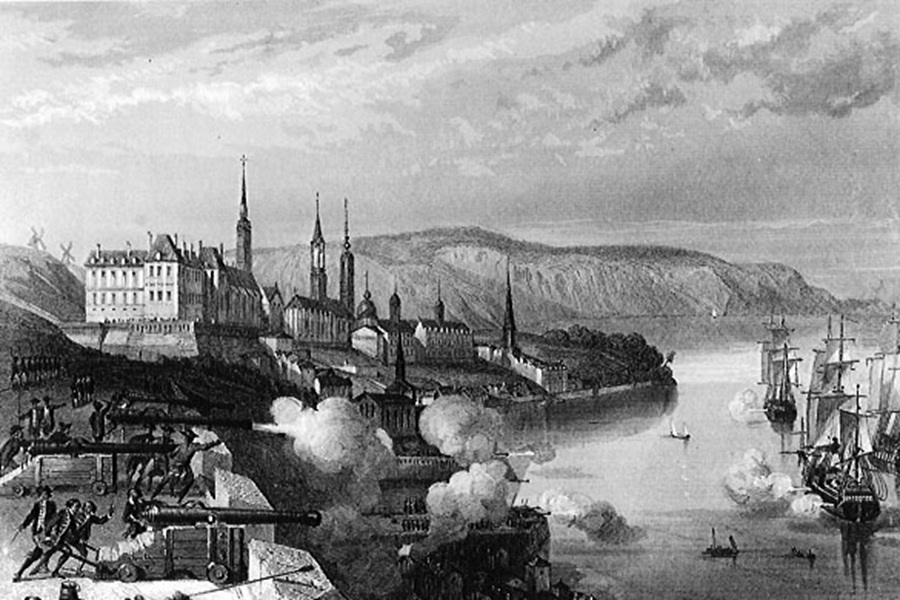
Quebec City is one of North America’s oldest European settlements. French explorer Samuel de Champlain founded it in 1608. The city was France’s capital in Canada until 1760 when Britain took over.
Its old town is a UNESCO World Heritage site. Narrow cobblestone streets and stone buildings make it feel like Europe. The iconic Chateau Frontenac hotel, built in 1893, towers over the city.
Quebec City was the site of major battles between French and British forces. The Plains of Abraham, where a crucial 1759 battle happened, is now a big park. French culture and language still thrive here today.
Cultural Influence on Canada
Both cities shaped Canadian identity in different ways. Toronto grew into a multicultural metropolis. It welcomes people from all over the world. This diversity influenced Canadian values of inclusion and tolerance.
Quebec City keeps French-Canadian culture alive. It’s a center for Francophone arts, music, and food. The Carnaval de Québec winter festival draws visitors from far and wide.
These cities show Canada’s dual English and French heritage. Toronto represents modern Canada’s global outlook. Quebec City reflects the country’s French roots and unique cultural mix.
Urban Landscape and Architecture
Toronto and Quebec City offer strikingly different urban landscapes. Toronto’s skyline shimmers with modern skyscrapers, while Quebec City charms with its historic European-style architecture. Let’s explore the unique architectural highlights of each city.
Architectural Highlights of Toronto
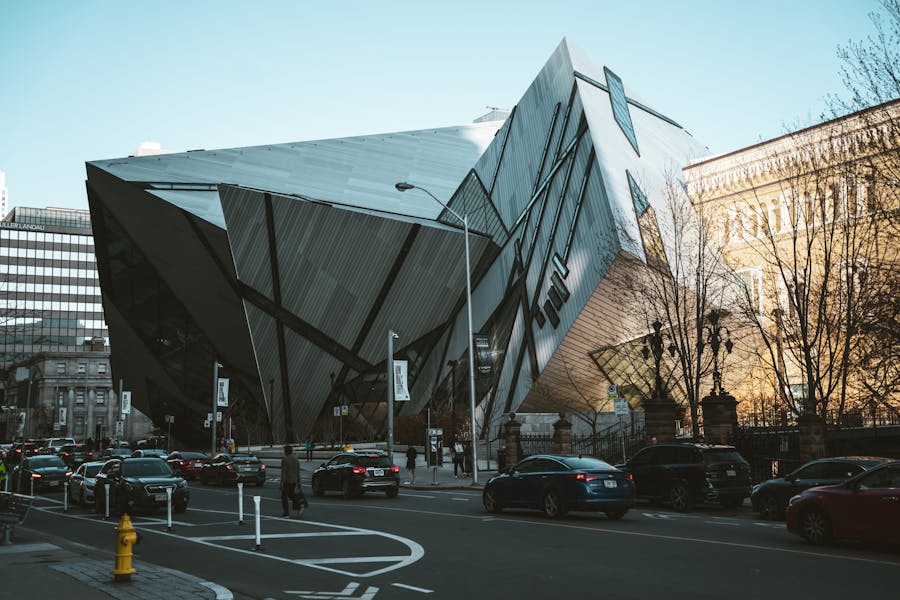
Toronto’s skyline is dominated by the iconic CN Tower, a 553-meter structure that defines the city’s silhouette. This engineering marvel offers breathtaking views and a glass floor for thrill-seekers.
The Royal Ontario Museum blends old and new with its crystal-like addition, designed by architect Daniel Libeskind. It’s a perfect example of Toronto’s mix of historic and contemporary design.
Kensington Market showcases Toronto’s eclectic side. This neighborhood is a mishmash of colorful Victorian houses turned into quirky shops and eateries. It’s a feast for the eyes and a photographer’s dream.
Historic Quebec City Architecture
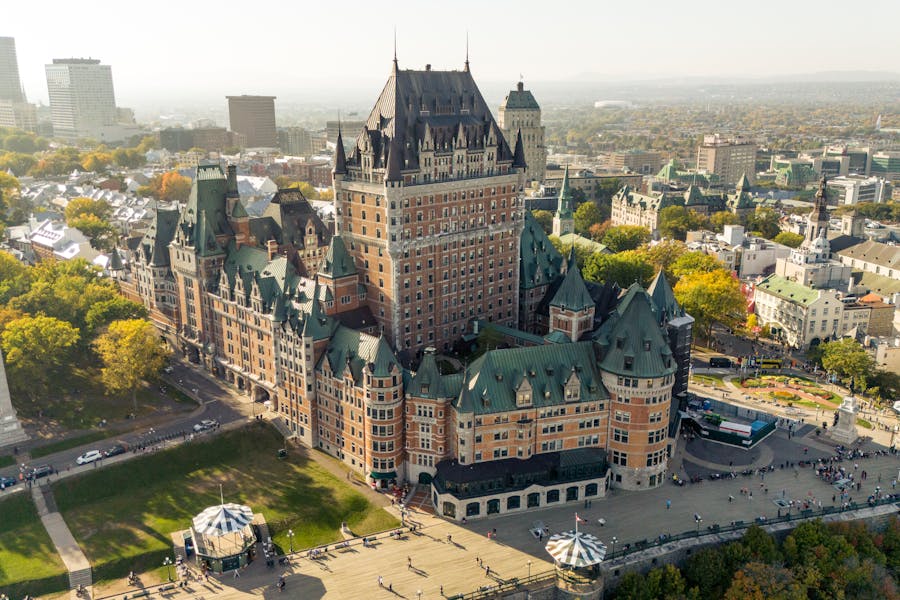
Quebec City’s old town is a UNESCO World Heritage site, transporting visitors to 17th-century Europe. The Château Frontenac, with its fairytale-like turrets, stands as the city’s most recognizable landmark.
Strolling through the narrow cobblestone streets of Petit Champlain feels like stepping into a storybook. The district’s well-preserved New France architecture features stone buildings with steeply pitched roofs.
Place Royale, the birthplace of French America, boasts beautiful stone buildings surrounding a quaint square. It’s a picturesque spot that showcases Quebec City’s rich history and European charm.
Living in Toronto vs Quebec City
Toronto and Quebec City offer vastly different living experiences. From housing costs to cultural vibe, these two Canadian cities have unique characteristics that shape daily life for residents.
Housing and Accommodation
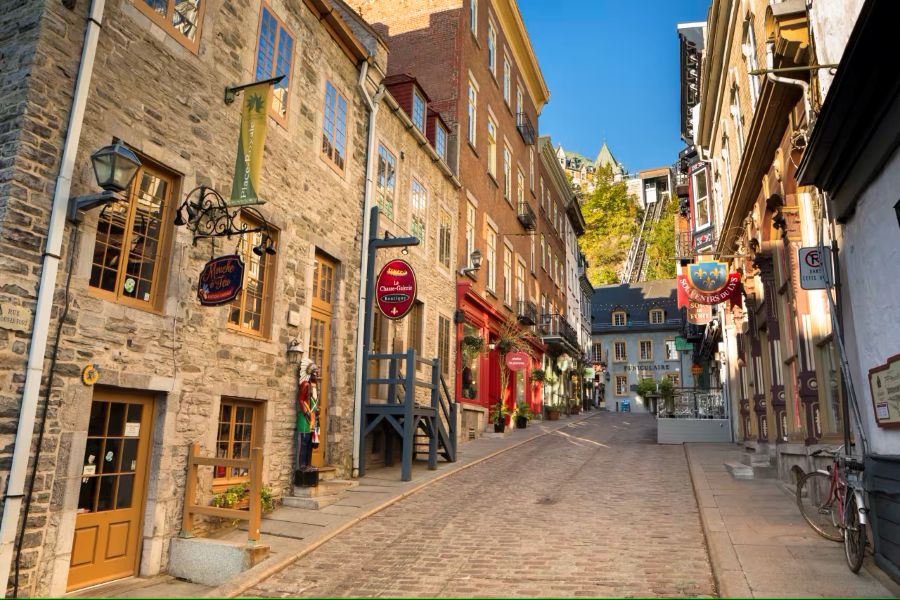
Finding a place to live in Toronto can be tough. The city’s got a hot real estate market with sky-high prices. Rent for a one-bedroom apartment in downtown Toronto might set you back around $2,000 a month. Buying? Get ready to shell out big bucks.
Quebec City’s a different story. Housing costs are way more affordable here. You could snag a similar apartment for about $800-$1,000 per month. That’s a huge difference!
Space is another factor. Toronto’s known for its tiny condos and cramped living quarters. Quebec City offers more room to spread out. You might even find a charming historic apartment in Old Quebec for a reasonable price.
Cost of Living Comparison
It’s no secret – Toronto’s expensive. Groceries, eating out, transportation – it all adds up fast. A dinner for two at a mid-range restaurant could easily cost $100 or more.
Quebec City’s a breath of fresh air for your wallet. Everything from food to entertainment tends to be cheaper. That same dinner might only set you back $70-80.
Day-to-day expenses like groceries and utilities are also lower in Quebec City. Public transit’s cheaper too. You could save hundreds each month just by living in Quebec City instead of Toronto.
Lifestyle and Community

Toronto’s a bustling metropolis with a diverse, multicultural vibe. It’s got a fast-paced lifestyle with endless entertainment options. You’ll find world-class restaurants, shopping, and nightlife scenes.
Quebec City’s got a totally different feel. It’s smaller and more laid-back. The city oozes European charm with its cobblestone streets and historic architecture.
Community-wise, Toronto can feel a bit impersonal at times. It’s easy to get lost in the crowd. Quebec City has a tighter-knit community feel. People tend to be friendlier and more approachable.
Language is a big difference too. While Toronto’s primarily English-speaking, Quebec City’s mostly French. This can be a challenge for some, but it’s also a great opportunity to immerse yourself in French culture.
Traveler’s Guide to Transportation
Getting around Toronto and Quebec City is easy with various transportation options. Both cities offer convenient ways to explore, whether by public transit or intercity travel.
Public Transportation Network
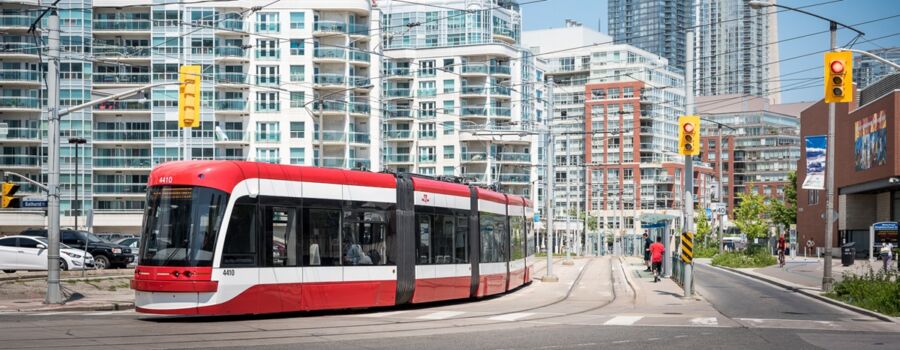
Toronto’s public transit system is extensive. The Toronto Transit Commission (TTC) runs subways, streetcars, and buses that cover the city. Hop on the subway to zip between major attractions. Streetcars are great for scenic rides along busy streets.
Quebec City’s transit is smaller but efficient. The Réseau de transport de la Capitale (RTC) operates buses throughout the city. While there’s no subway, the bus network is reliable. Many tourists enjoy the funicular, a cliff-side elevator linking Upper and Lower Town.
Both cities have bike-sharing programs. Toronto’s Bike Share and Quebec City’s àVélo make cycling a fun way to sightsee. Taxis and ride-sharing apps are also widely available in both places.
Accessing the Cities by Train or Bus
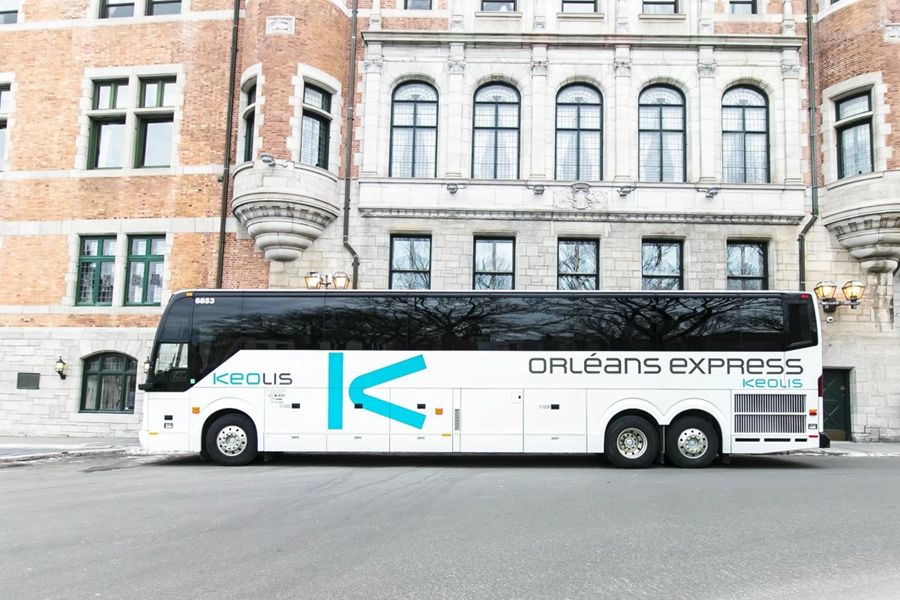
Trains are a comfy way to travel between Toronto and Quebec City. VIA Rail offers daily service, with trips taking about 9 hours. The trains have Wi-Fi and dining cars, making the journey pleasant. Book your train tickets in advance for the best deals.
Bus travel is cheaper but takes longer. Greyhound and Orléans Express run routes between the cities. The trip is about 12 hours, with stops along the way. Buses have onboard Wi-Fi and power outlets.
For flexibility, renting a car is an option. The drive takes about 8 hours and lets you explore at your own pace. Just be ready for potential winter driving conditions if visiting in colder months.
Culinary Adventures
Toronto and Quebec City offer foodies a wealth of mouthwatering experiences. From diverse international flavors to traditional French-Canadian cuisine, these cities serve up unforgettable culinary journeys.
Toronto’s Food Scene
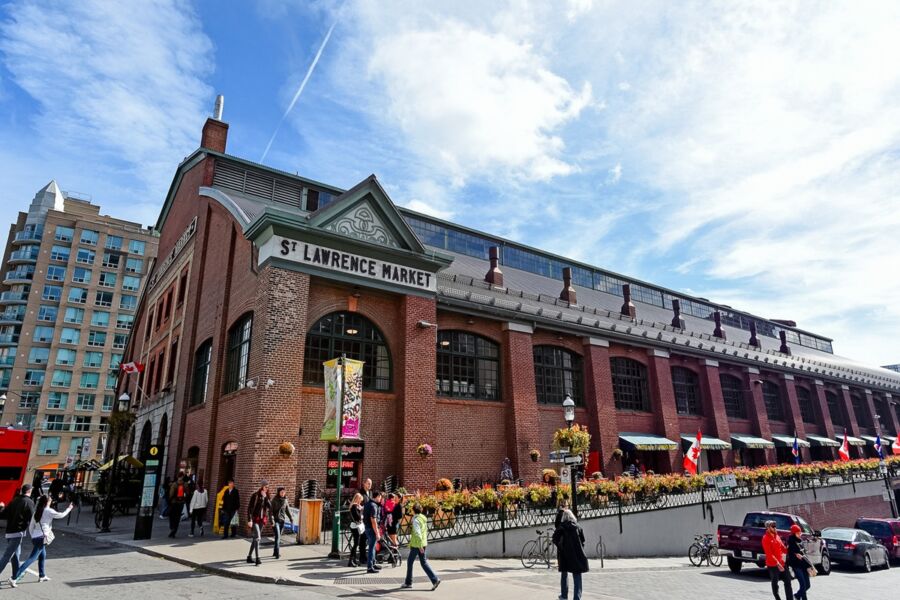
Toronto’s food scene is a melting pot of global flavors. The city’s diverse neighborhoods dish up authentic eats from around the world. Kensington Market is a great spot to start your food adventure. You’ll find everything from Jewish delis to Caribbean jerk chicken.
St. Lawrence Market is another must-visit for food lovers. This historic market has over 120 vendors selling fresh produce, baked goods, and prepared foods. Don’t miss the famous peameal bacon sandwiches!
For a fancy night out, head to one of Toronto’s top restaurants. Many offer tasting menus and food tours that showcase local ingredients and innovative cooking techniques.
Quebec City’s Gastronomy
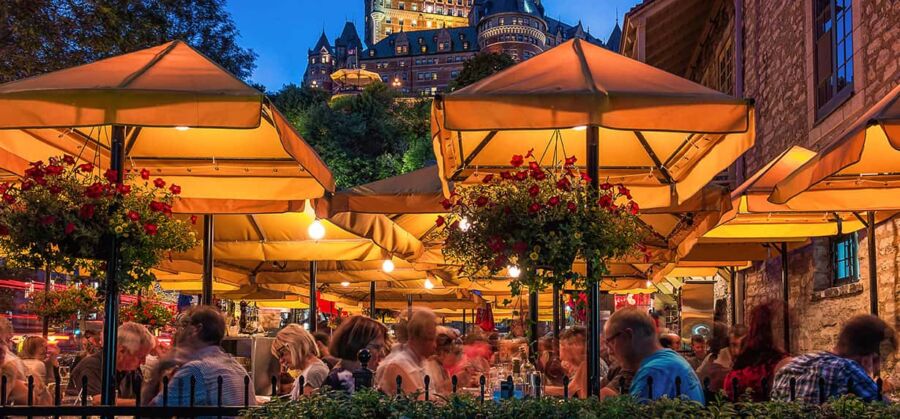
Quebec City’s food scene celebrates French-Canadian traditions with a modern twist. The historic Old Town is packed with charming bistros and cafes serving classic dishes.
Poutine is a must-try Quebec specialty. This hearty combo of fries, gravy, and cheese curds hits the spot after a day of sightseeing. For something sweet, sample maple taffy made from fresh snow.
Foodies shouldn’t miss a trip to Ile d’Orleans. This island near Quebec City is known for its farms, wineries, and artisanal food producers. You can pick your own berries or apples in season.
Many Quebec City restaurants focus on farm-to-table cuisine. Chefs put a creative spin on traditional ingredients like game meats, wild mushrooms, and local cheeses. Food tours are a fun way to taste your way through the city’s culinary highlights.
Leisure and Entertainment
Toronto and Quebec City offer distinct leisure and entertainment scenes. Both cities boast unique shopping, nightlife, and cultural experiences that cater to different tastes and preferences.
Shopping Experiences

Toronto’s shopping scene is a shopper’s paradise. The Eaton Centre, a huge mall in the heart of downtown, has over 230 stores and gets tons of foot traffic. For luxury brands, head to Yorkville. This fancy neighborhood is home to high-end boutiques and designer shops.
Quebec City takes a different approach to shopping. The charming streets of Old Town are lined with cute boutiques and artisan shops. Rue du Petit-Champlain is a must-visit. It’s one of North America’s oldest shopping streets and feels like stepping back in time. You’ll find local crafts, art, and unique Quebec products here.
Nightlife and Festivities

Toronto’s nightlife is buzzing and diverse. The city has a mix of trendy bars, dance clubs, and live music venues. King Street West is popular for its stylish lounges and rooftop patios. For a cultural night out, catch a show at one of the many theaters in the Entertainment District.
Quebec City’s nightlife has a more laid-back vibe. The Grande Allée is the main party strip, with pubs and dance clubs. But the real charm is in the cozy bars of Old Town. In winter, don’t miss the Quebec Winter Carnival. It’s a huge festival with ice sculptures, parades, and outdoor fun.
Toronto hosts big events like the Toronto International Film Festival. Quebec City shines with its Summer Festival, featuring outdoor concerts and street performances. Both cities offer unique entertainment options to suit different tastes.
Outdoor and Adventure Activities
Toronto and Quebec City both offer amazing outdoor experiences for nature lovers and thrill-seekers. From beautiful parks to exciting adventure sports, these Canadian cities have something for everyone who wants to get outside and explore.
Parks and Natural Attractions
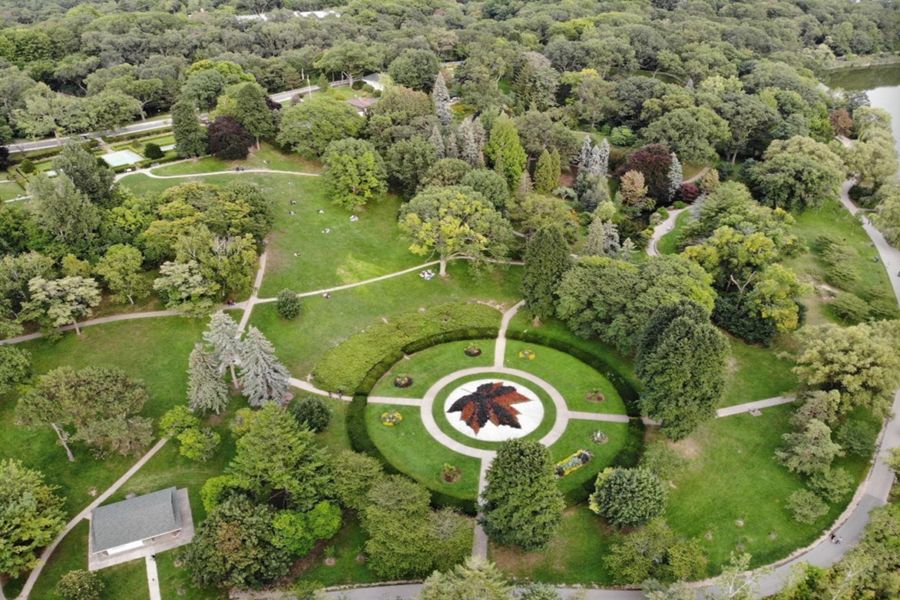
Toronto is home to some gorgeous green spaces. High Park is a local favorite, with hiking trails, sports fields, and even a small zoo. The Toronto Islands are perfect for a day trip – you can bike, kayak, or just relax on the beach. For a wilder experience, Rouge National Urban Park on the city’s eastern edge has forests, wetlands, and beaches to explore.
Quebec City has its own natural wonders. The Battlefields Park offers stunning views of the St. Lawrence River. Just outside town, Jacques-Cartier National Park is a paradise for hikers and campers. In winter, the park turns into a snowy playground for cross-country skiing and snowshoeing.
Adventure Sports and Excursions
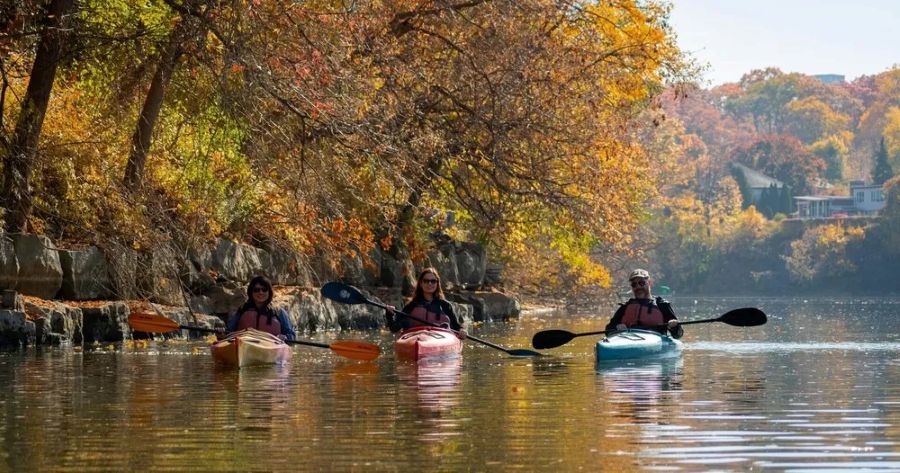
Toronto’s got plenty of options for adrenaline junkies. You can try your hand at rock climbing at the Evergreen Brick Works or go white water kayaking on the Humber River. For a real thrill, head to Canada’s Wonderland for some heart-pumping roller coasters.
Quebec City is an adventure-seeker’s dream. In winter, you can go dog sledding or ice climbing on frozen waterfalls. Summer brings opportunities for canyoning and zip-lining in the nearby Charlevoix region. And if you’re lucky, you might even catch a glimpse of the Northern Lights on a clear night outside the city.
Travel Planning and Costs
Planning a trip to Toronto or Quebec City? Let’s break down the costs and accommodation options to help you make the most of your Canadian adventure.
Budgeting for Your Trip
Toronto tends to be pricier than Quebec City. A day in Toronto might set you back around $239 per person, while Quebec City averages $146. This covers basics like a shared room, food, getting around, and fun stuff.
Food can eat up a big chunk of your budget. Toronto’s got tons of fancy restaurants, but you’ll find cheaper eats too. Quebec City’s known for its yummy local spots that won’t break the bank.
Getting around is easier on the wallet in Quebec City. Toronto’s a sprawling city, so you might spend more on transport. But both places have good public transit to save some cash.
Don’t forget about attractions! Toronto’s got pricey spots like the CN Tower, while Quebec City’s historic areas are often free to explore.
Luxury vs Budget Accommodations
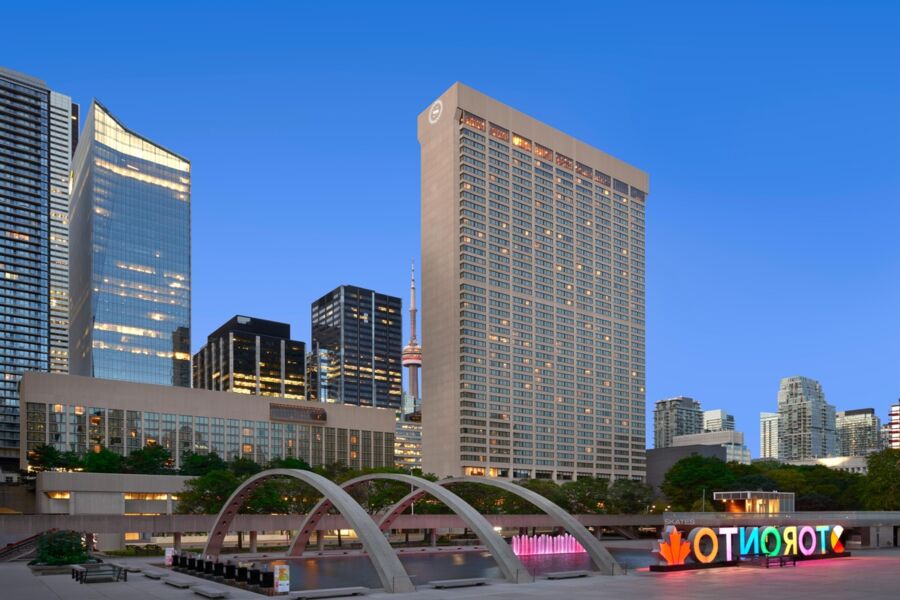
Booking.com offers a range of places to stay in both cities. In Toronto, budget hotels start around $100 a night, but luxury spots can hit $500+. Quebec City’s generally cheaper, with budget options from $70 and high-end hotels around $300.
Toronto’s got more variety in accommodation types. You’ll find everything from hostels to swanky hotels. Quebec City shines with charming B&Bs in the old town, perfect for soaking up the history.
For a unique stay, try an Airbnb in Toronto’s cool neighborhoods. In Quebec City, splurge on a room in the iconic Château Frontenac for a taste of luxury.
Remember, prices jump during big events or peak seasons. Book early to snag the best deals and avoid disappointment!
Frequently Asked Questions
Toronto and Quebec City offer vastly different experiences for visitors, with unique attractions, costs, and cultural elements that make each city special in its own right.
What are the unique attractions to see when visiting Quebec City?
Quebec City’s Old Town feels like stepping into Europe. The historic Château Frontenac towers above the city as North America’s most photographed hotel.
The cobblestone streets of Petit-Champlain District feature charming boutiques and cafes in centuries-old buildings.
The Plains of Abraham provide gorgeous views and rich history as the site of famous battles between British and French forces.
How does the cost of living compare between Toronto and Quebec City?
Quebec City’s cost of living sits about 30% lower than Toronto’s expenses. A typical monthly budget goes much further in Quebec City.
Housing costs stand out as the biggest difference. Rent prices in Toronto often reach double what people pay in Quebec City.
Basic items like groceries and restaurant meals also cost less in Quebec
City compared to Toronto’s big city prices.
What is the best time of year to plan a visit to Toronto and Quebec City?
Quebec City proudly displays its French heritage through language, architecture, and cuisine. Most locals speak French first, though many also know English.
Toronto shines as one of the world’s most multicultural cities. Its neighborhoods showcase food and traditions from countless cultures.
The pace differs too – Quebec City moves slower and more traditionally, while Toronto buzzes with big-city energy.
What are the must-do activities for first-time visitors in both Toronto and Quebec City?
In Toronto, visiting the CN Tower, exploring Kensington Market, and catching a game at the Rogers Centre create perfect first-time memories.
Quebec City visitors should walk the fortress walls, ride the funicular to Lower Town, and try authentic poutine at local spots.
Each city deserves at least 3-4 days to experience its main attractions properly.
How do I travel between Toronto and Quebec City, and what are the best modes of transportation?
VIA Rail offers train service between the cities, and the journey takes about 8 hours with scenic views along the way.
Flying takes just over an hour and often costs less than train travel when booked in advance.
Driving takes roughly 8 hours on the highway, giving travelers the freedom to stop at interesting spots between cities.



